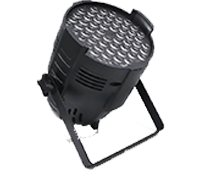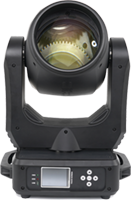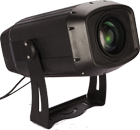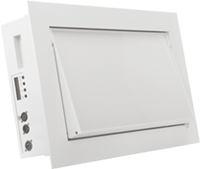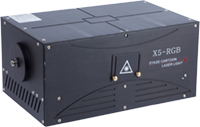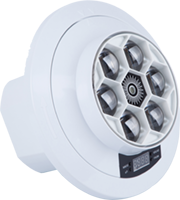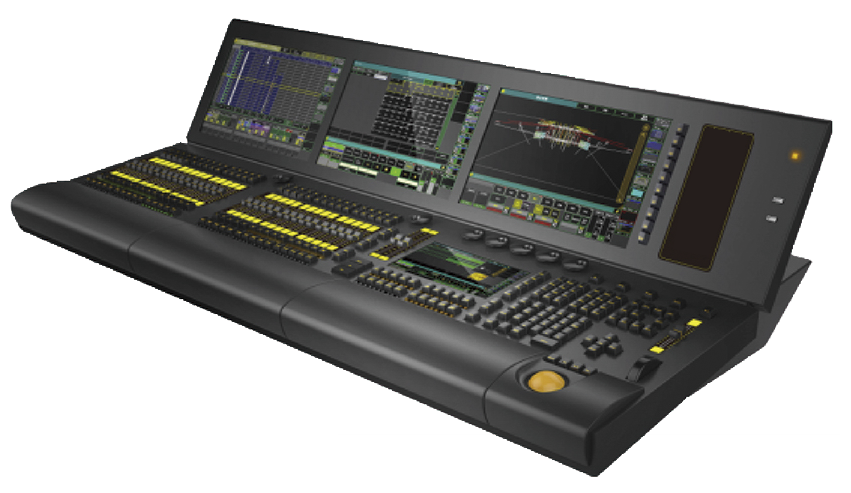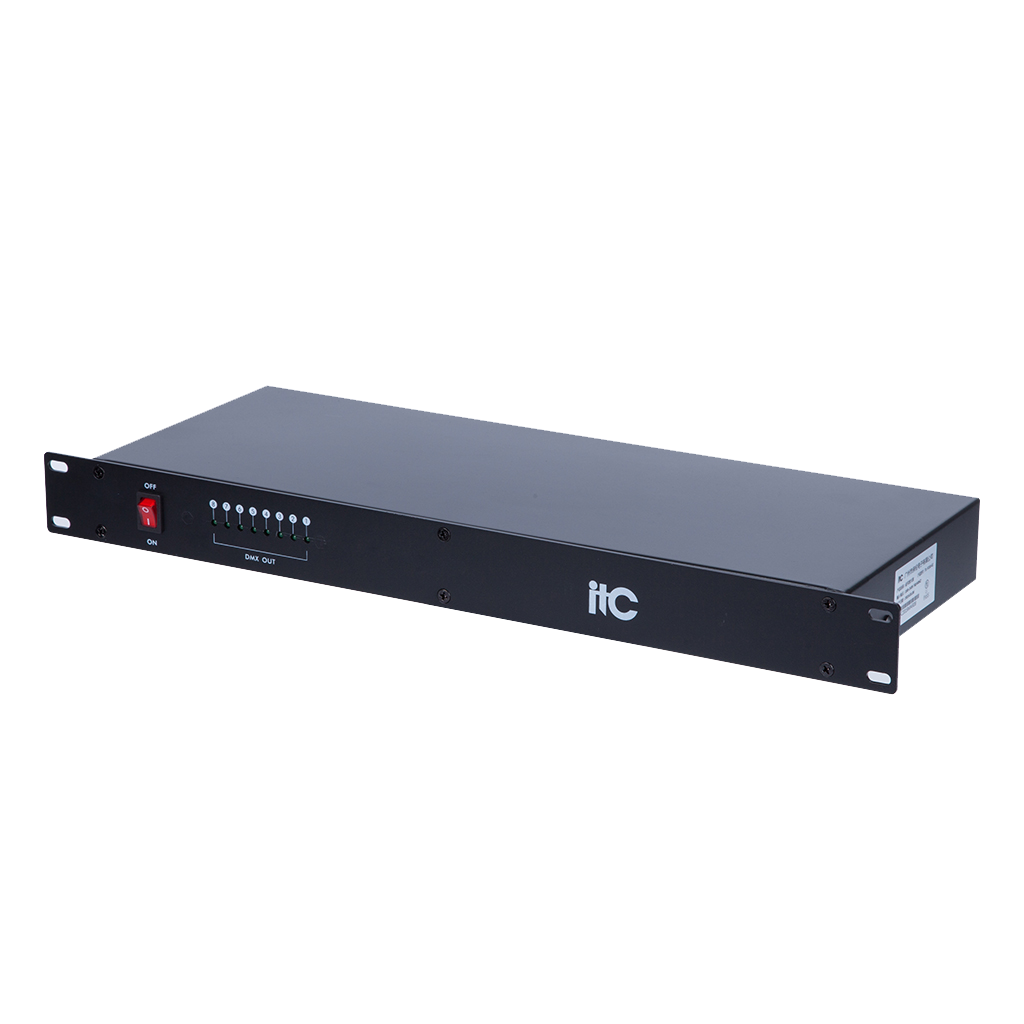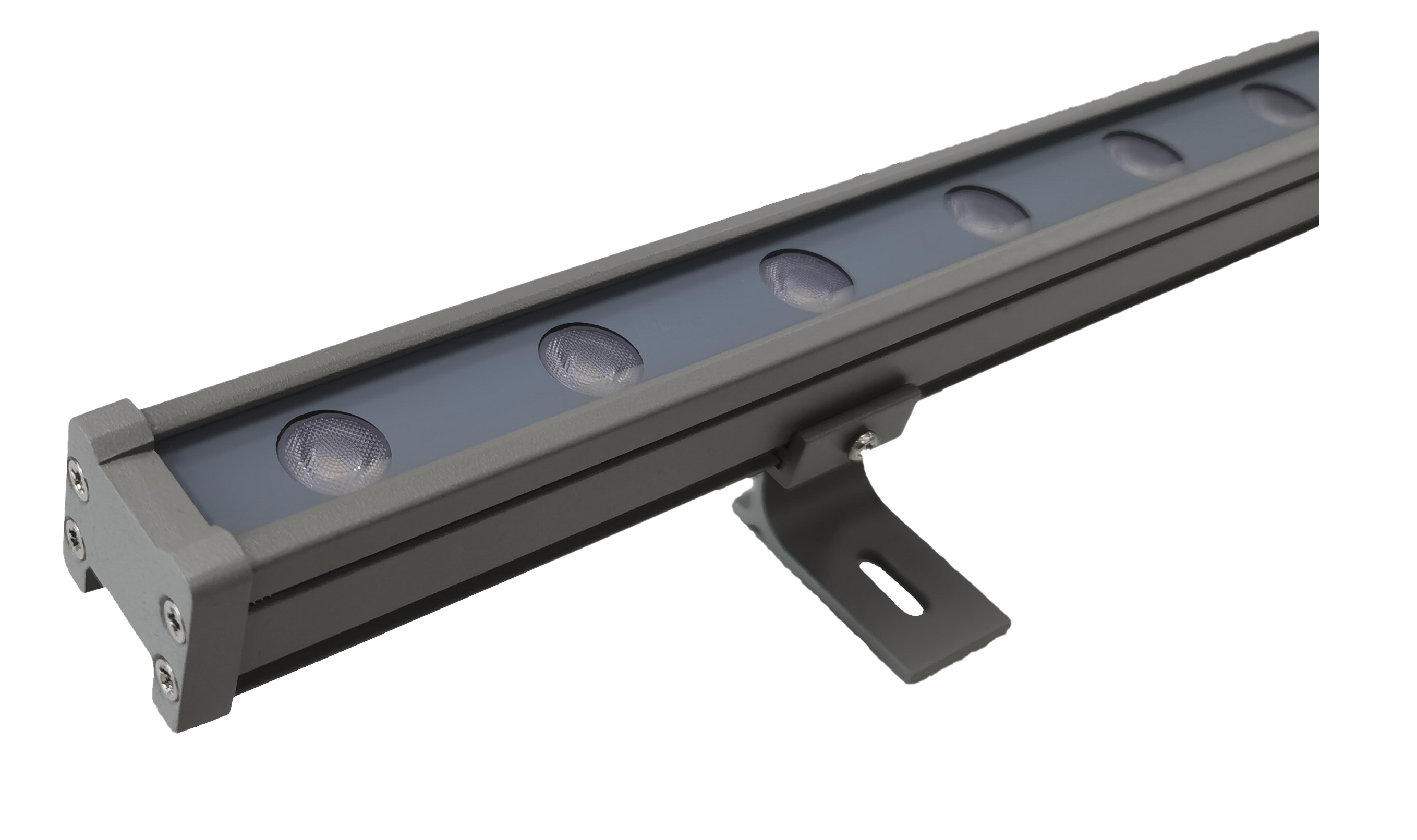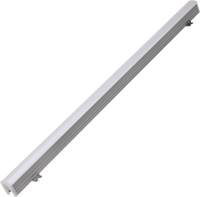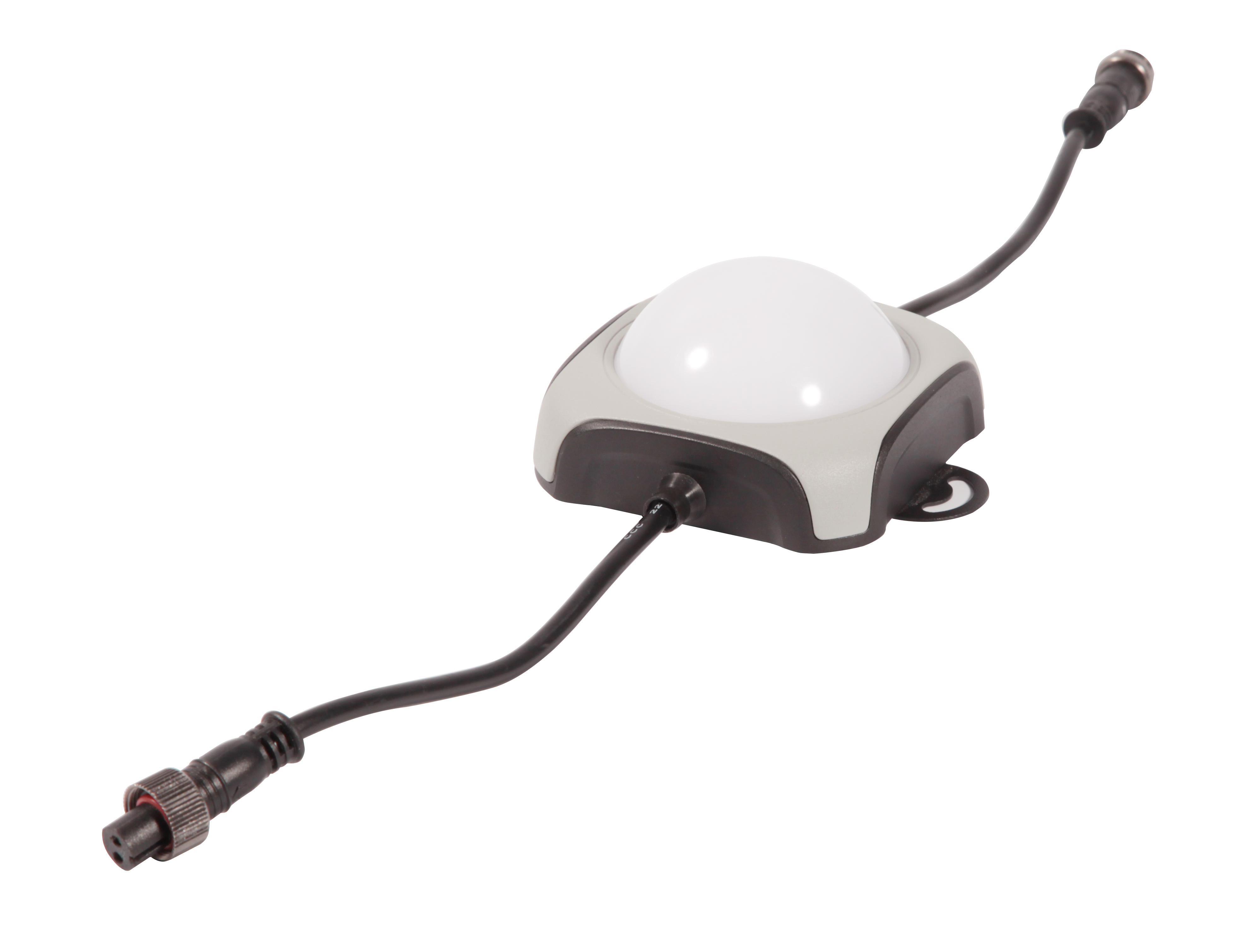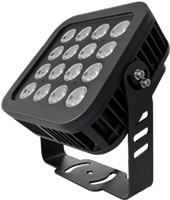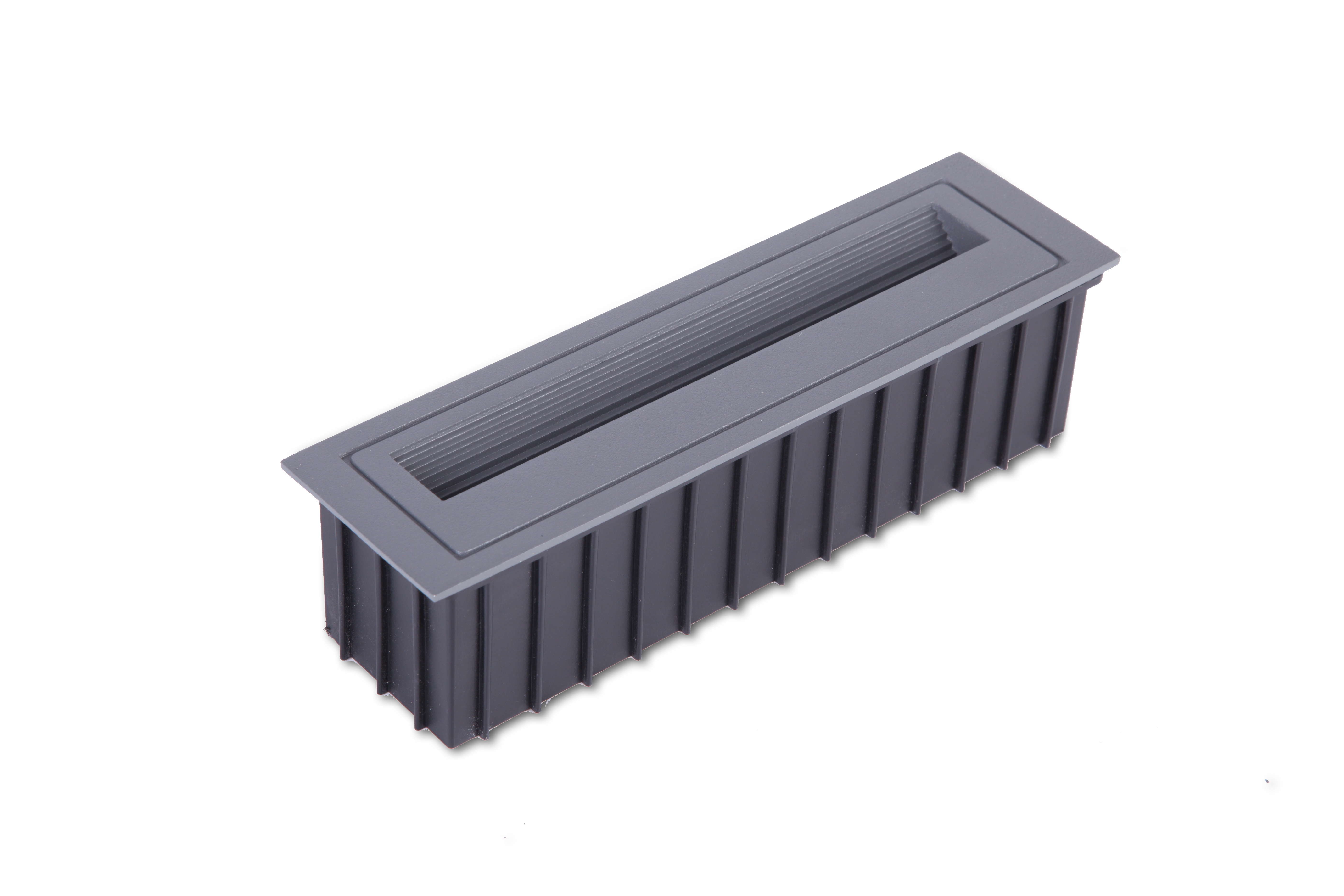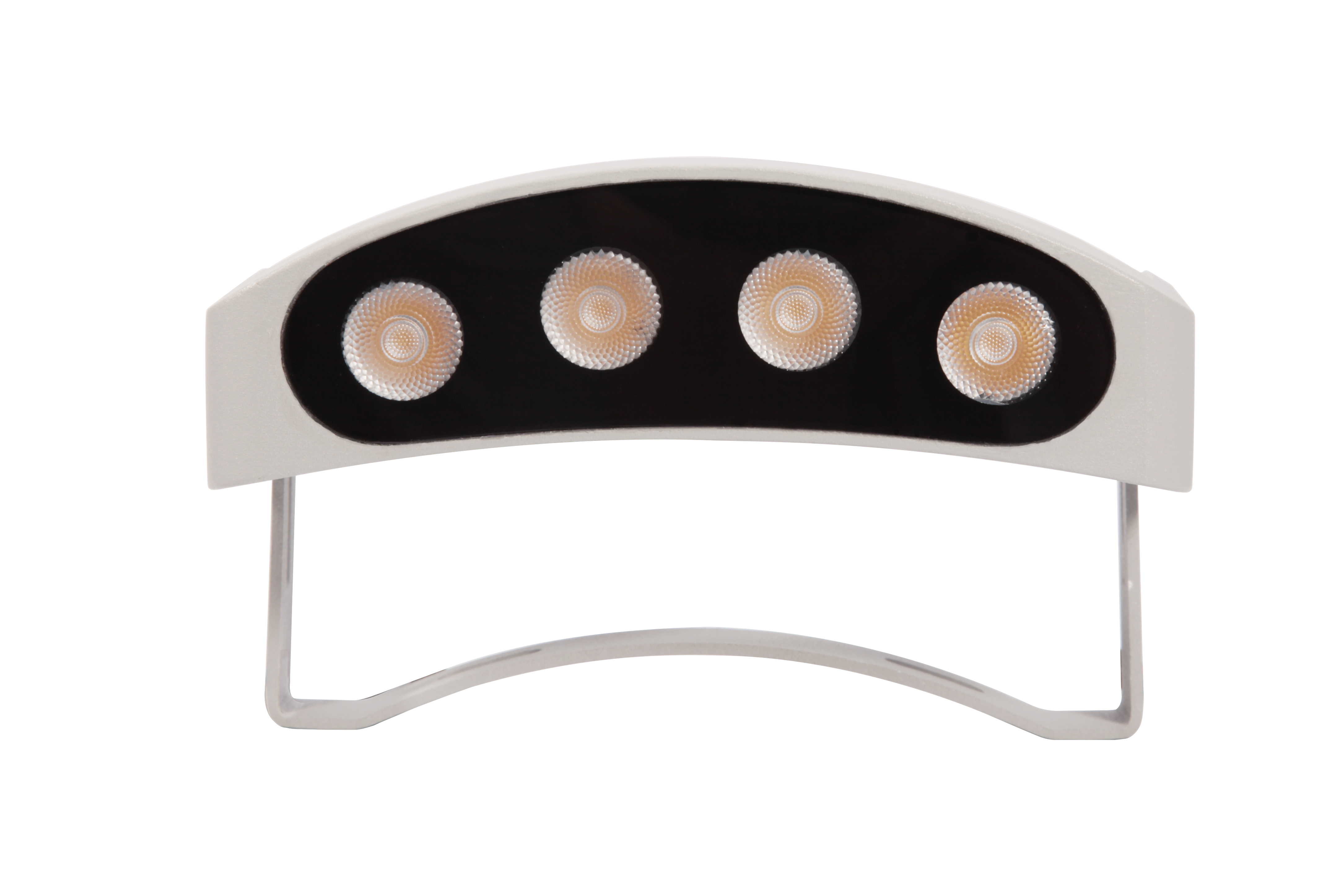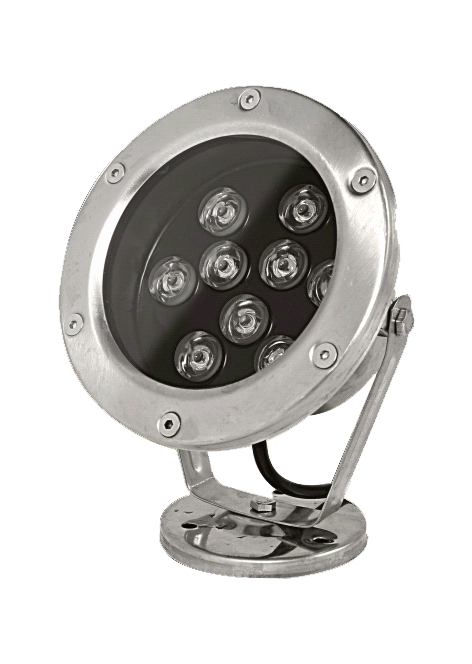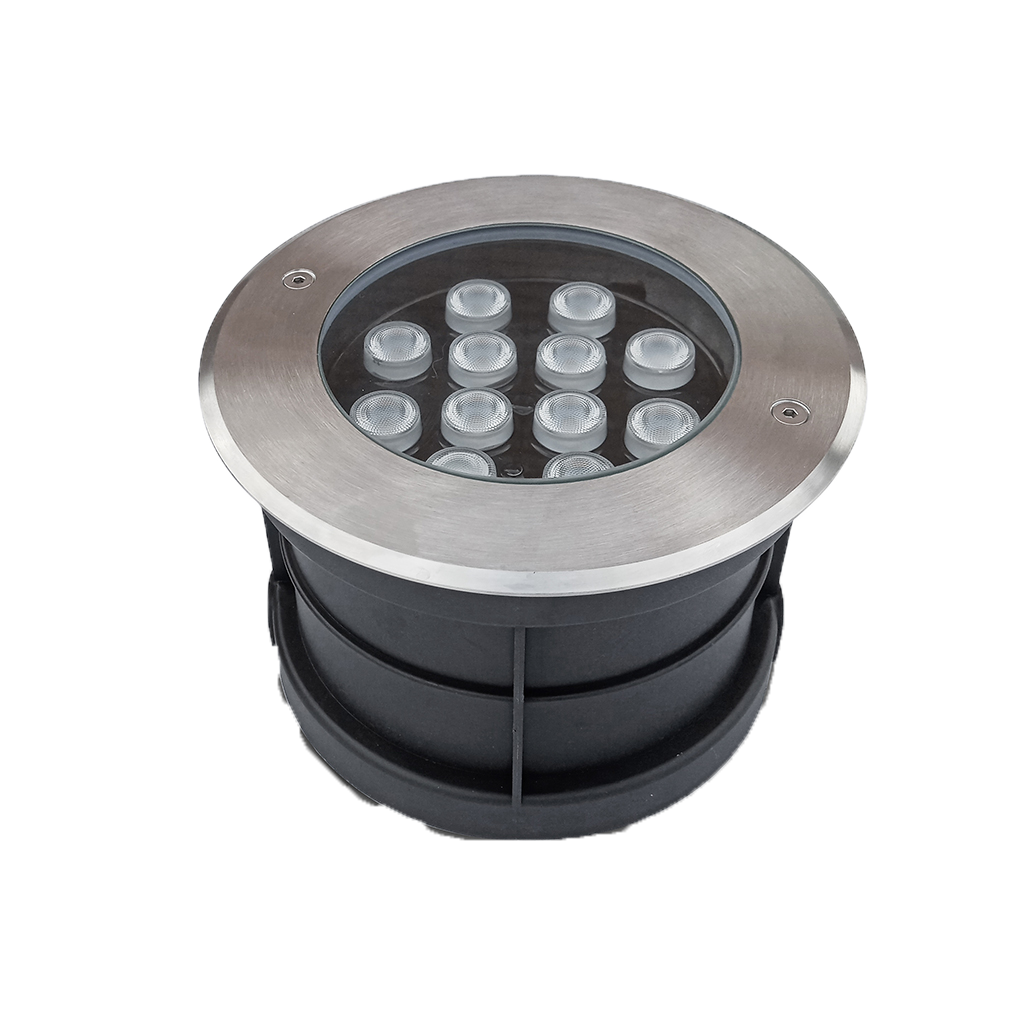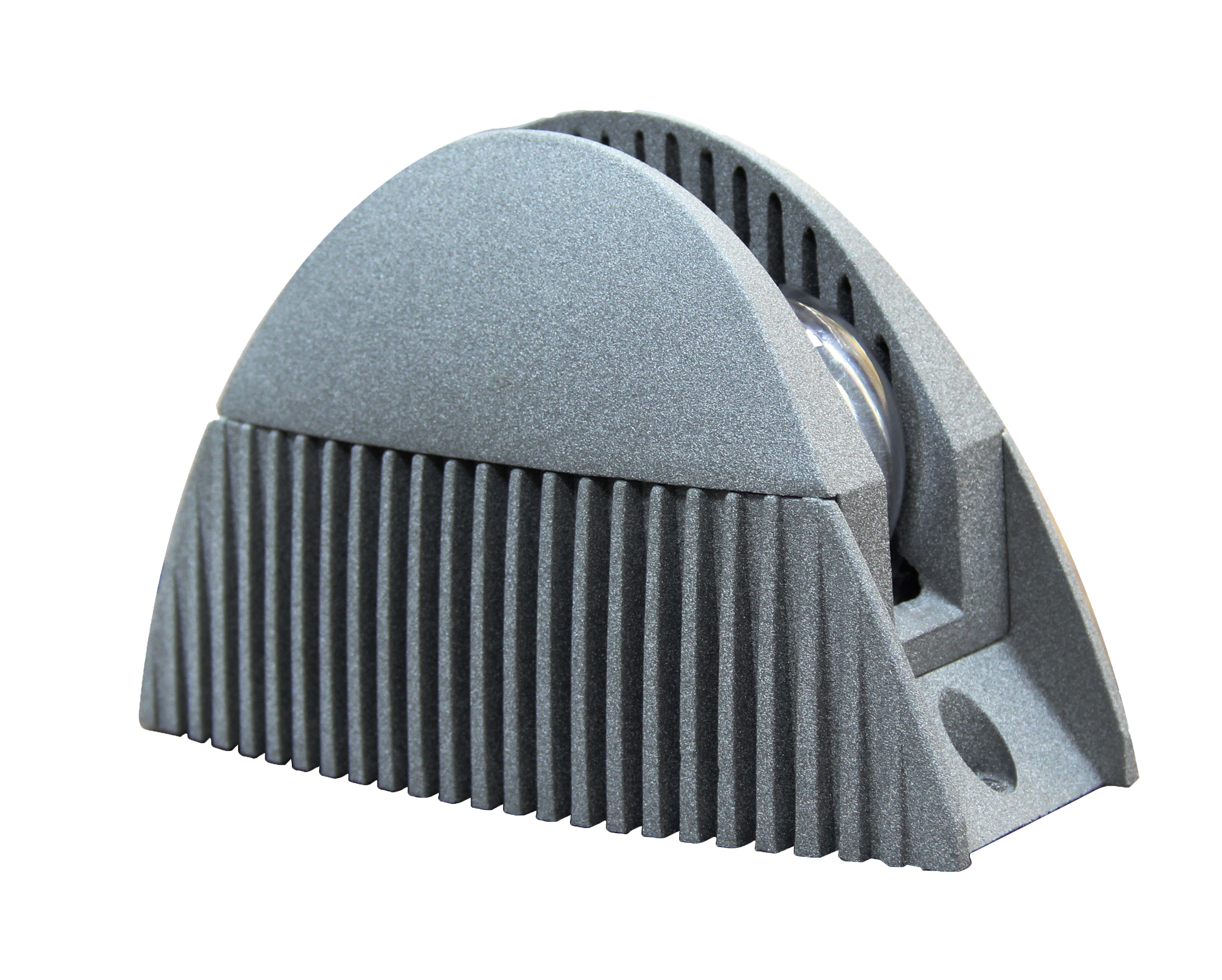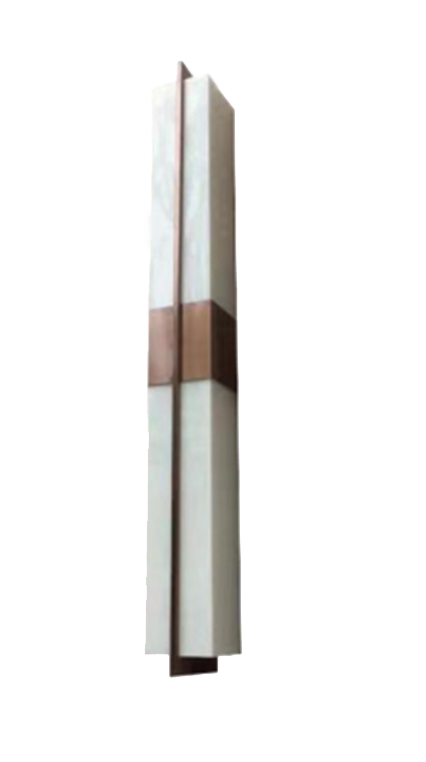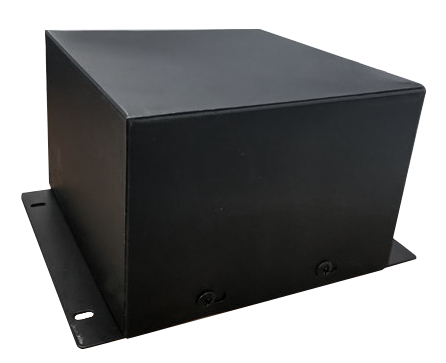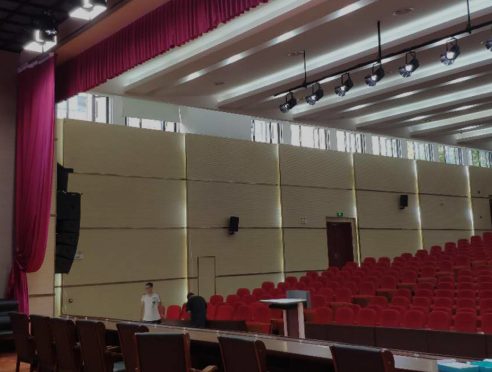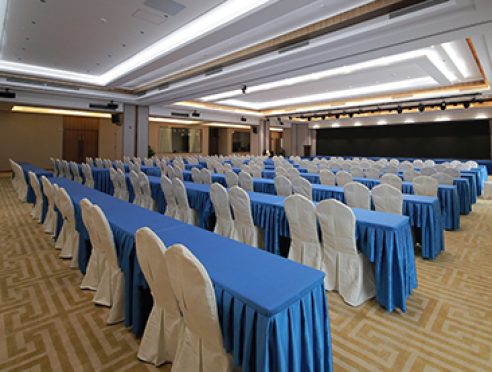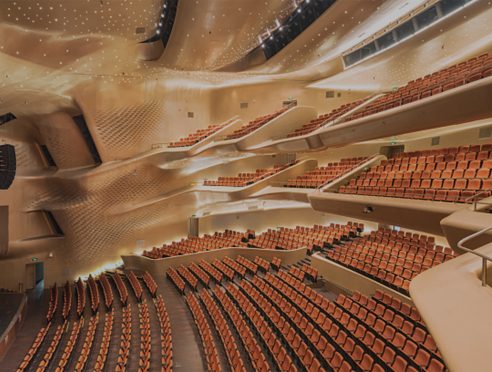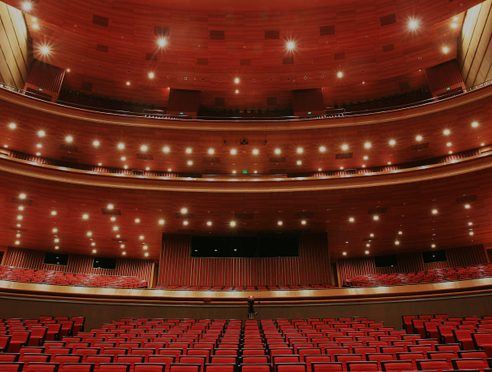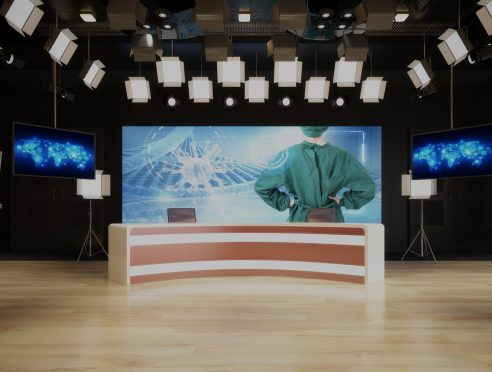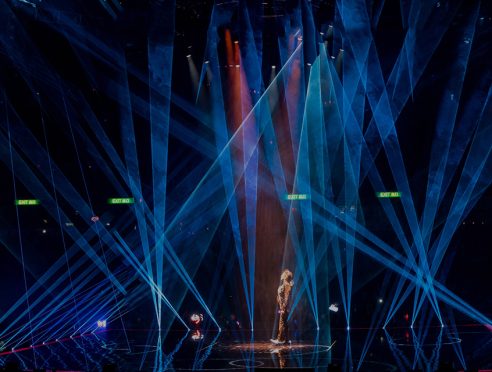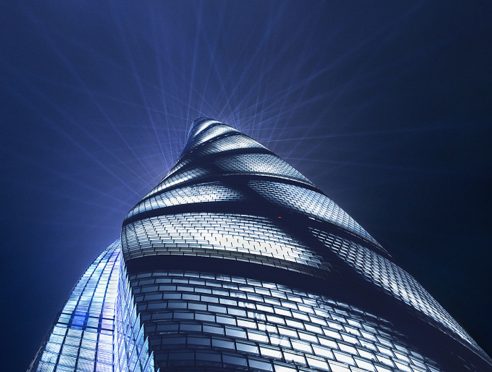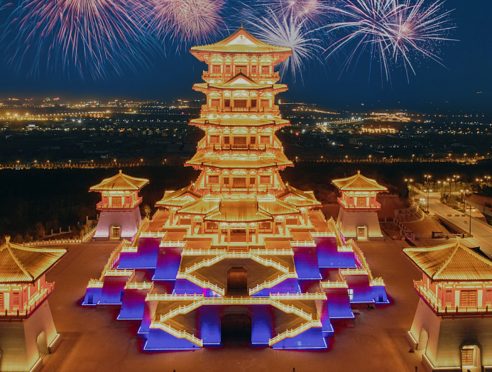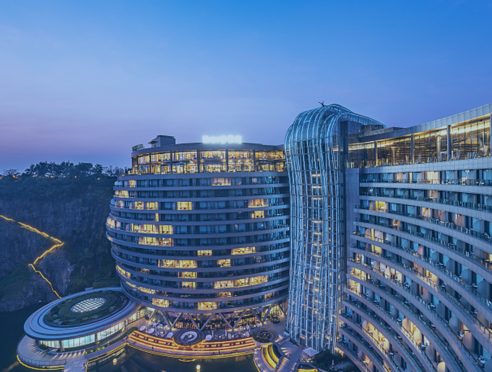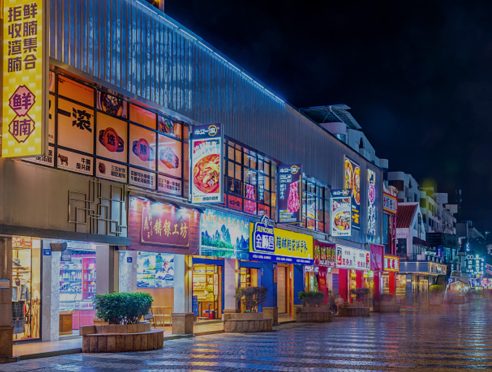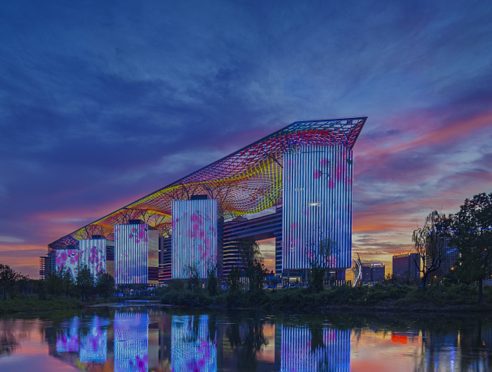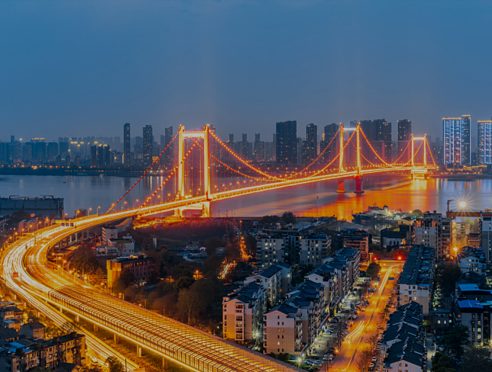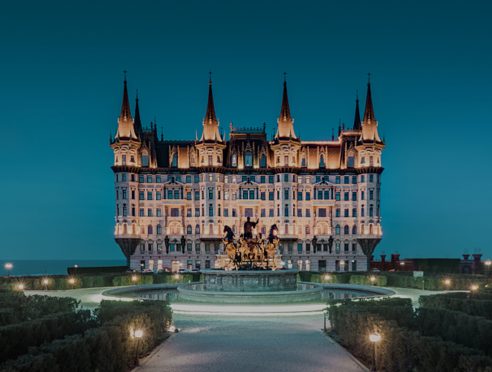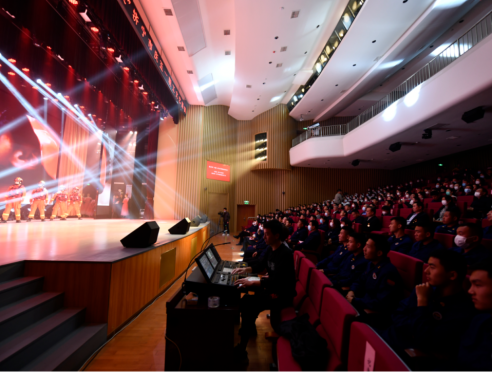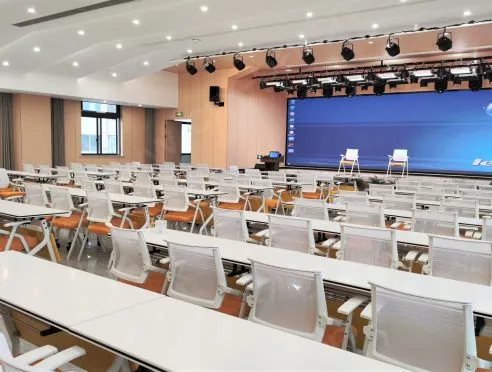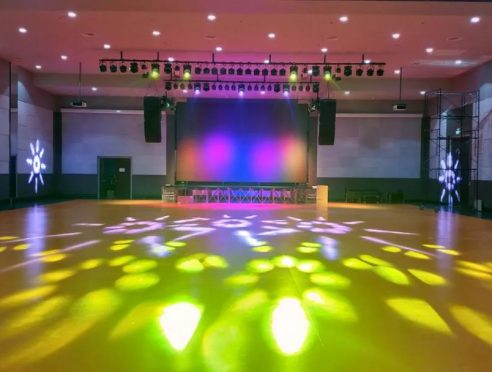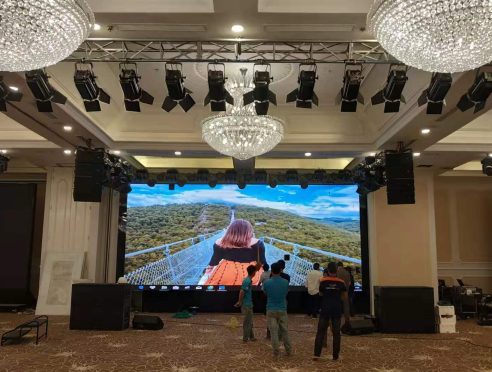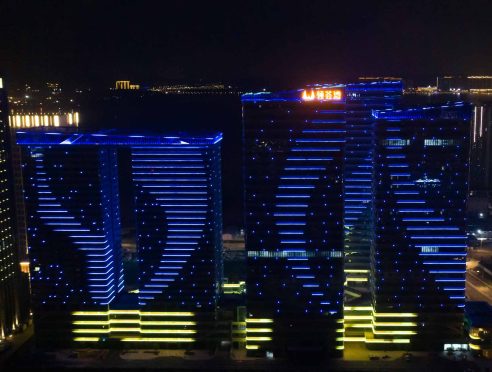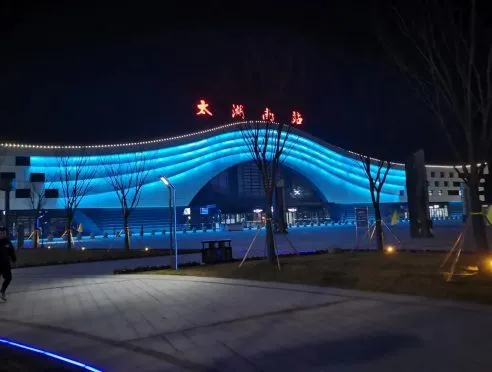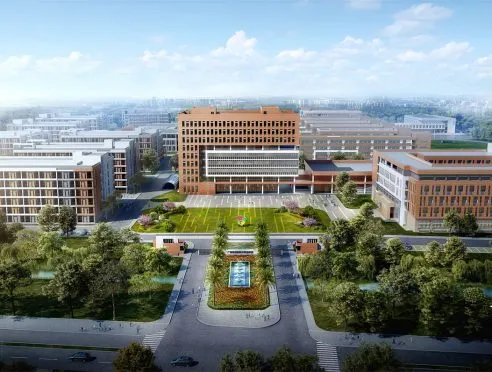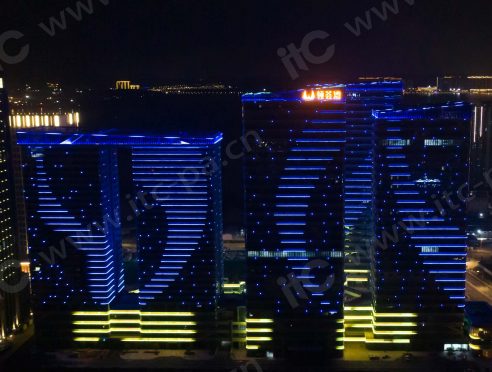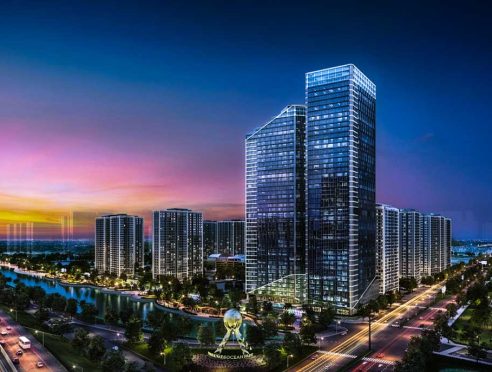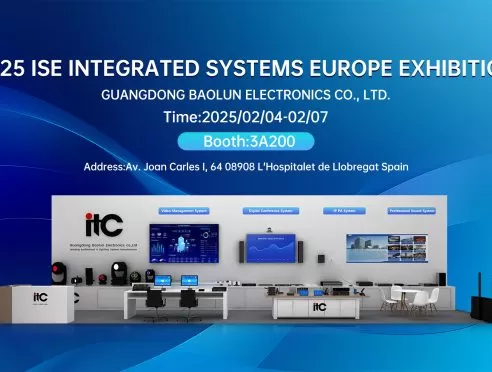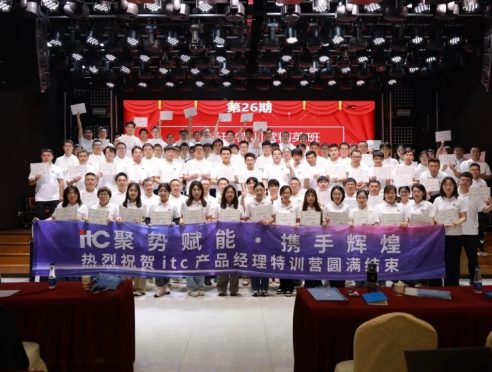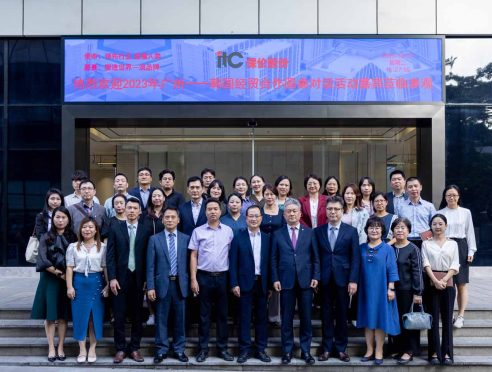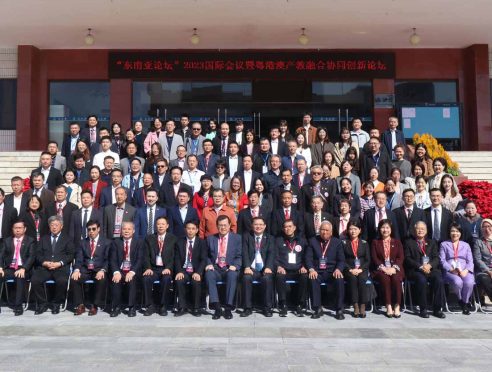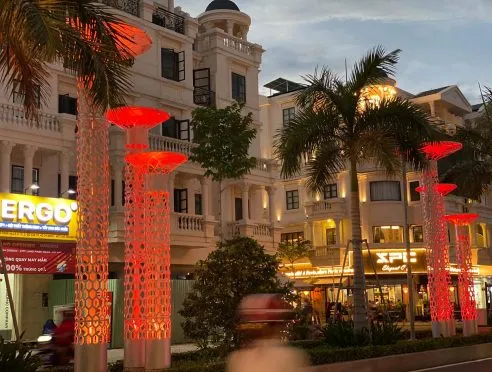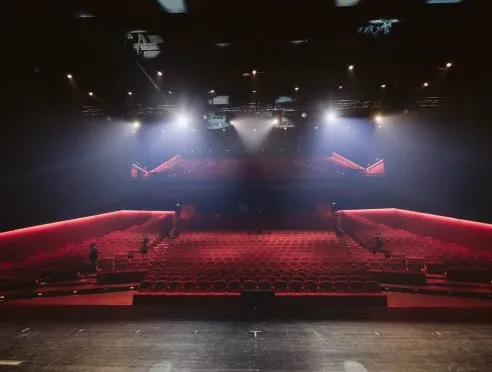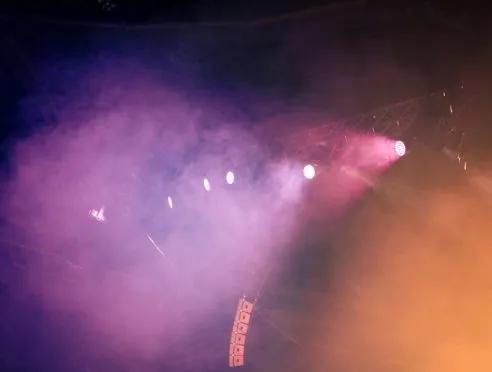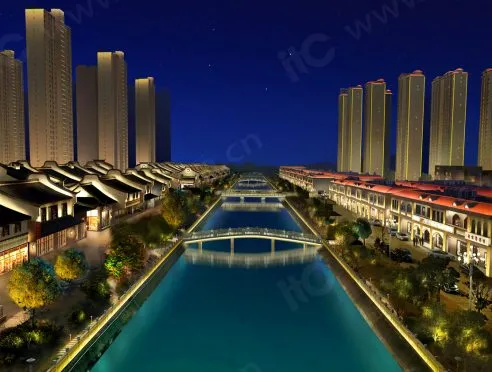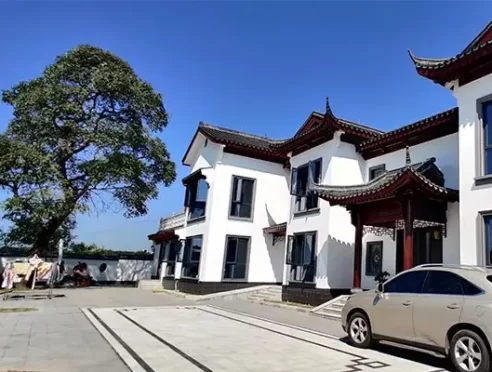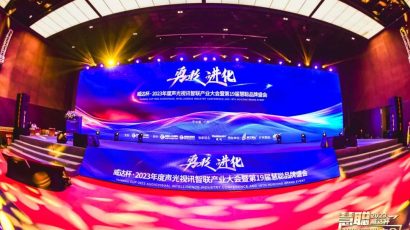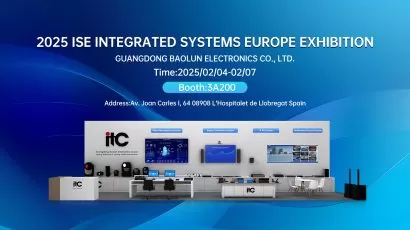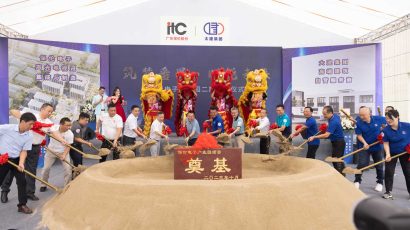Mastering the Art of Lighting Design for Bar Stages
Modern bar designs emphasize simplicity and vibrancy, and the lighting fixtures used in bars should reflect these qualities. Lighting design in bars should be simple yet compelling, with concise text and clear composition. This article will delve into the intricacies of creating captivating lighting designs for bar stages, incorporating research and development (R&D) insights to elevate the experience.
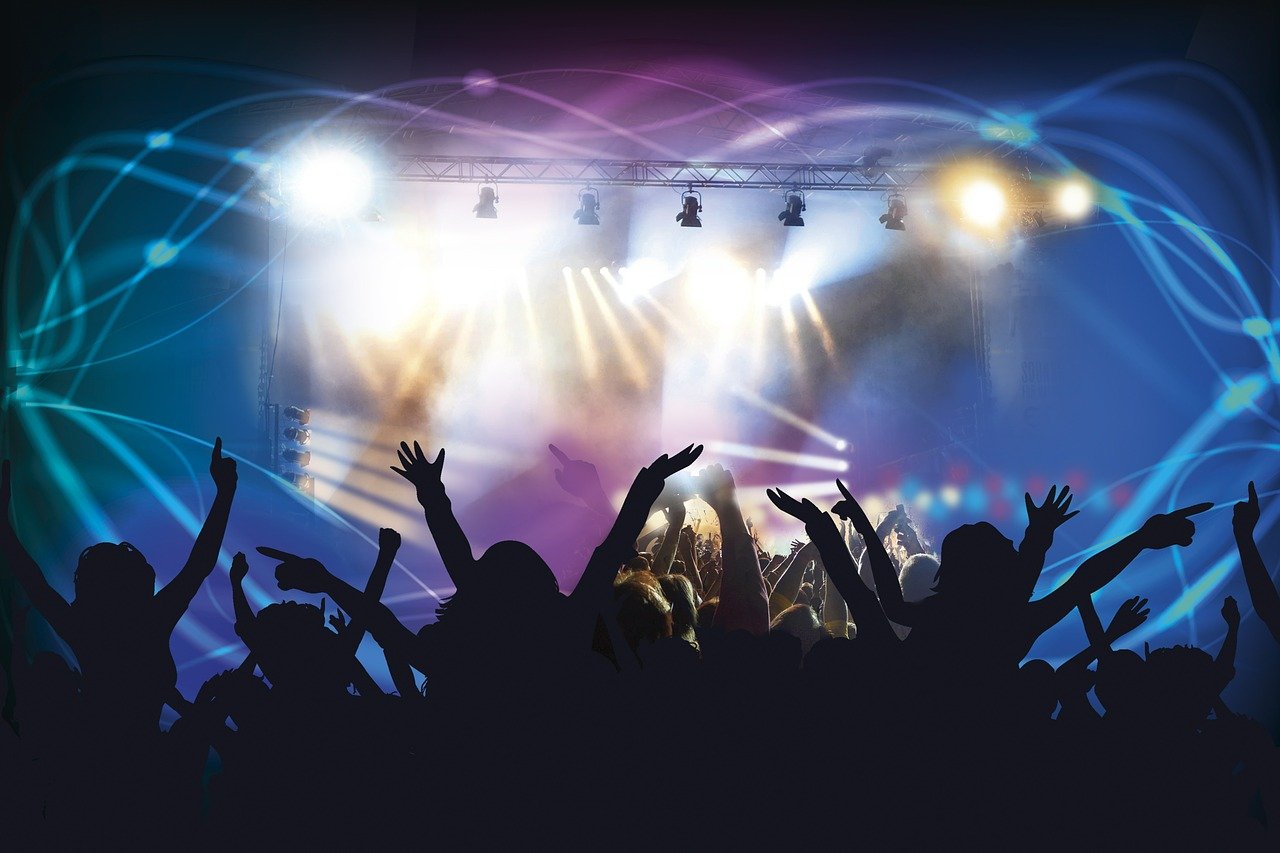
Strategically Placing Directional Fixtures
To create a visually engaging atmosphere, the layout of directional fixtures should be carefully arranged, projecting light in various directions. When combined with advanced control systems, this arrangement can generate a distinctive and dynamic rhythm. Mechanical fixtures can also be considered, but attention should be paid to the combination of fast and slow movements, incorporating a vibrant color palette. Particularly noteworthy are mechanical fixtures equipped with sound-responsive features, offering adjustable high-frequency strobe effects.
Crafting a Dimensional Lighting Experience
Thriving bars embrace dynamic lighting experiences, utilizing three-dimensional effects through the interplay of colors and the inclusion of laser lights, rotating stage lights, and flashing chandeliers. Complemented by features like TV walls and LED screens, these elements contribute to an immersive environment, elevating the overall ambiance.
Illuminating the Dance Floor
The dance floor represents the epitome of captivating lighting, where light and color come alive in a mesmerizing display. Coordinated with music, vocals, and rhythmic changes, lighting effects on the dance floor create an enchanting and immersive experience, captivating and delighting patrons.
Integrating Innovative Design Elements
Bar designs should integrate creativity, cultural flavors, and local aesthetics while reflecting the bar's own unique characteristics and contemporary trends. Creative designs, whether in form or content, always possess the distinctive elements that set them apart.
Considerations for Lighting Fixtures
When selecting lighting fixtures, it is essential to ensure an ample quantity of lights. If economically feasible, the more lights in the dance hall, the better. For control equipment, programmable consoles with multiple controllable circuits, preferably with moderate power requirements, should be chosen. The goal is to empower lighting designers to have complete control over all lighting aspects, showcasing the full potential of the lighting design.
Unleashing Creativity Through Design
Designing bar lighting requires a combination of creativity and innovation, which can be expressed through various methods. Visual graphics, inspired by cognitive thinking and visual communication, merge disciplines such as physics, psychology, physiology, sociology, linguistics, aesthetics, and philosophy.
Dynamic Patterns and Expressive Bar Lighting
Lighting designs in bars should cater primarily to music and dance, accommodating performances and diverse entertainment activities. Therefore, lighting fixtures should focus on versatility, offering a wide range of patterns, vibrant color variations, and dynamic effects.
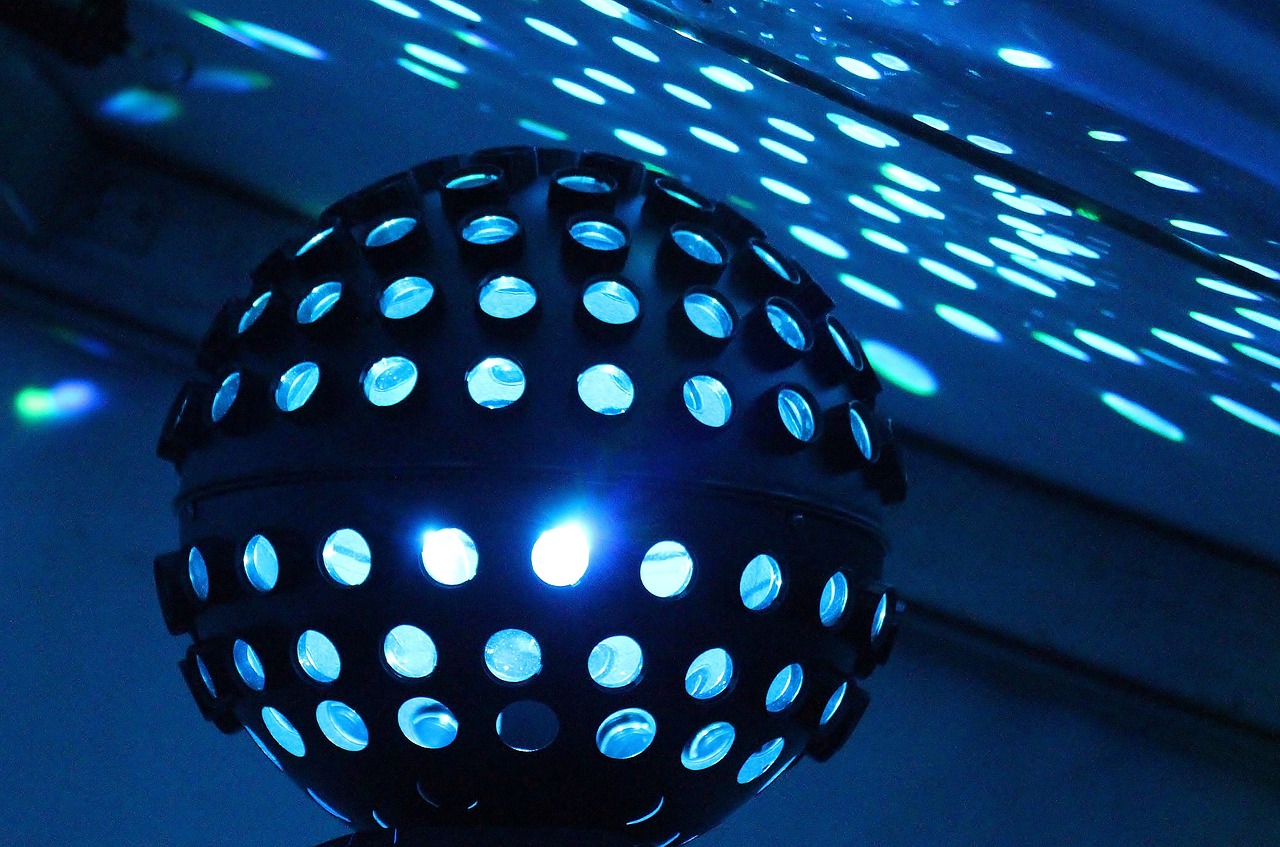
In the realm of bar lighting design, innovation thrives when key features of the bar are identified and cleverly utilized. Creativity and innovation, expressed through both form and content, remain fundamental principles in achieving a truly remarkable lighting design. By harmonizing the cultural essence, local flavors, and thematic elements, bars can achieve an ambiance that is both timeless and evocative of the contemporary era.

